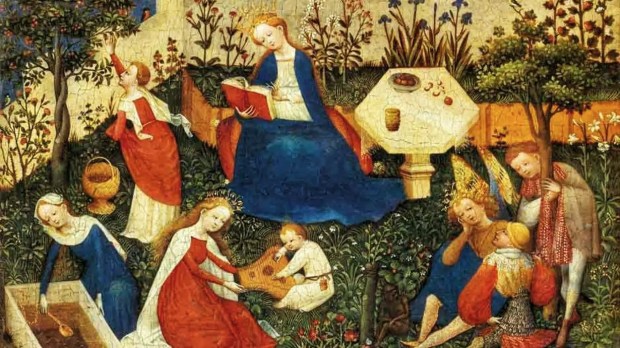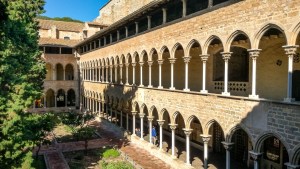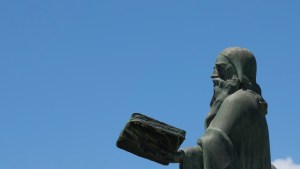The general public might have some very wrong ideas about the Middle Ages. Spanning from the 5th to the 15th centuries, these 10 centuries are often referred to as the “Dark Ages” – a rather derogatory term. The label emerged during the Renaissance, and was largely influenced by authors, artists, and thinkers who wanted to highlight the differences between their own era (an era they understood as a revival of classical Greek and Roman culture) and centuries past.
However, it is important to note that labeling 10 centuries of history as “dark” is a subjective assessment, heavily influenced by prejudice and bias, and fails to appreciate the complexity and diversity of medieval society, especially because such a long time cannot simply be subsumed under one single category.
It is essential to recognize that this somewhat negative portrayal of the Middle Ages was in great measure an exaggeration. Renaissance thinkers were prone to idealizing the ancient past, seeing it as a golden age of wisdom and cultural refinement, which was not necessarily the case. In contrast, they viewed the Middle Ages as a period of intellectual stagnation, religious dogmatism, and social backwardness, turning a blind eye to the (evident) fact that the Renaissance didn’t come out of nowhere.
Here, based on a list published by Medievalists.net, we debunk three widespread myths about the Middle Ages.
1. Medieval people didn’t think the earth was flat.
Medievalists.net explains that “virtually every medieval scholar believed the world was round.”
In fact, the 11th-century Iranian scholar Al-Biruni (973–1048) calculated the radius of the earth using mathematics – and his estimate was only off by 31 kilometers.
The American writer Washington Irving might be blamed for spreading this misconception. In 1828, he wrote A History of the Life and Voyages of Christopher Columbus. Whereas it reads as a biography, his story was highly fictionalized. “One of the made-up sections,” Medievalists.net explains, “has so-called experts claiming the world is flat.”
2. Medieval theologians did not argue over how many angels could fit on the head of a pin.
Maybe you’ve heard the expression “byzantine discussion” being used to refer to a futile discussion or argument, in which each side can never get to prove its assertions to the opposing side – in one notorious example, discussing “how many angels fit on the head of a pin.” A popular widespread myth claims that medieval thinkers actually argued over this kind of notion.
“However,” Medievalists.net explains, “there is no example of a medieval scholar actually writing about this subject.” Most likely, the claim was invented as a way to mock medieval theologians.
3. Medieval people did not live on wine and beer alone. They also drank water.
During the Middle Ages, beer was considered a kind of liquid bread suitable for monks and laymen, and part of the daily diet of both children and adults. It was cheaper and healthier than water and milk, which were often polluted and a means of transmission of many different infectious diseases. The brewing process made beer a safer alternative.
However, that does not mean people did not drink water. It is true that, as explained by Peter Konieczny, even if availability and quality of drinking water varied depending on various factors such as location, social class, and access to resources, water was still the most common beverage consumed by people of all social classes during the Middle Ages. It was readily available from various sources such as wells, springs, rivers, and rainwater. In urban areas, people often obtained water from communal wells located throughout the city. In rural areas, people relied on natural sources like streams and rivers instead.
The list published by Medievalists.net includes 17 more items. You can find them all here.



